“`html
The global scientific community faces a delicate balancing act – advancing groundbreaking research while preventing catastrophic leaks of sensitive biological studies. A recent Financial Times investigation reveals how international regulators grapple with dual-use dilemma: enabling vital H5N1 avian flu research while safeguarding against potential misuse by hostile actors.
The Invisible Threat Landscape
While debates rage about publishing sensitive virology studies, experts identify an often-overlooked vulnerability: physical security breaches in research facilities. From 1978 smallpox outbreaks in Birmingham to 2007 foot-and-mouth contamination in Surrey, history shows containment failures occur alarmingly often. Modern labs handling pathogens now face unprecedented cyber-physical security challenges, blending traditional biosecurity with digital protection measures.
The New Frontier in Research Security
Contemporary solutions combine three key elements:
- Dynamic risk assessment protocols adapting to emerging biotech capabilities
- Blockchain-enabled sample tracking systems
- Multi-layered cybersecurity fortifications for genomic databases
These measures aim to create what Dr. Emilia Torres of the WHO Biosafety Advisory Group calls “a Swiss cheese model of failure prevention – when one layer fails, others remain intact”.
SEO Implications for Scientific Publishing
As research institutions increasingly discuss safety protocols publicly, effective SEO becomes crucial for:
Targeting Key Stakeholders
- Policy makers searching for “biosecurity framework best practices”
- Journal editors querying “dual-use research review guidelines”
- Lab managers seeking “BSL-4 facility cybersecurity solutions”
Optimising Technical Content
Implementing structured data markup helps search engines understand complex scientific terminology. The CDC’s recent implementation of schema.org biomedical tags saw a 40% increase in relevant organic traffic to their guidelines pages.
AI’s Double-Edged Sword in Biosecurity
Emerging tools present both opportunities and challenges:
| Application | Benefit | Risk Factor |
|---|---|---|
| Predictive pathogen modeling | Accelerates vaccine development | Could blueprint enhanced pathogens |
| Automated protocol compliance | Reduces human error | Creates single points of failure |
The Gemini Test Case
Google’s AI Gemini recently demonstrated capability to suggest improved lab safety protocols, but its open-access nature raised concerns. As Dr. Hargrove from Porton Down notes: “We need guardrails, not gatekeepers – AI should enhance security without restricting scientific progress.”
Future-Proofing Strategies
Leading institutions now combine three approaches:
- Behavioural analysis of lab personnel using ML algorithms
- Real-time environmental monitoring with IoT sensors
- Decentralised blockchain audit trails for sensitive materials
The challenge lies in implementing these measures without stifling international collaboration. As Singapore’s BSL-4 director Tan Wei Ling explains: “We’re essentially building air traffic control systems for microscopic threats.”
SEO Lessons From Biosecurity
This paradigm offers surprising SEO insights:
- Keyword Safeguarding: Balance high-value terms with protective modifiers (“lab safety protocols” vs “lab security bypass”)
- Content Containment: Use robots.txt strategically for sensitive yet public-facing pages
- Authority Reinforcements: Build editorial backlinks from .gov and .edu domains
As search algorithms grow more sophisticated, they increasingly mirror biological systems – adapting, learning, and occasionally mutating in unexpected ways. What protective measures will you implement in your SEO ecosystem?
“`






